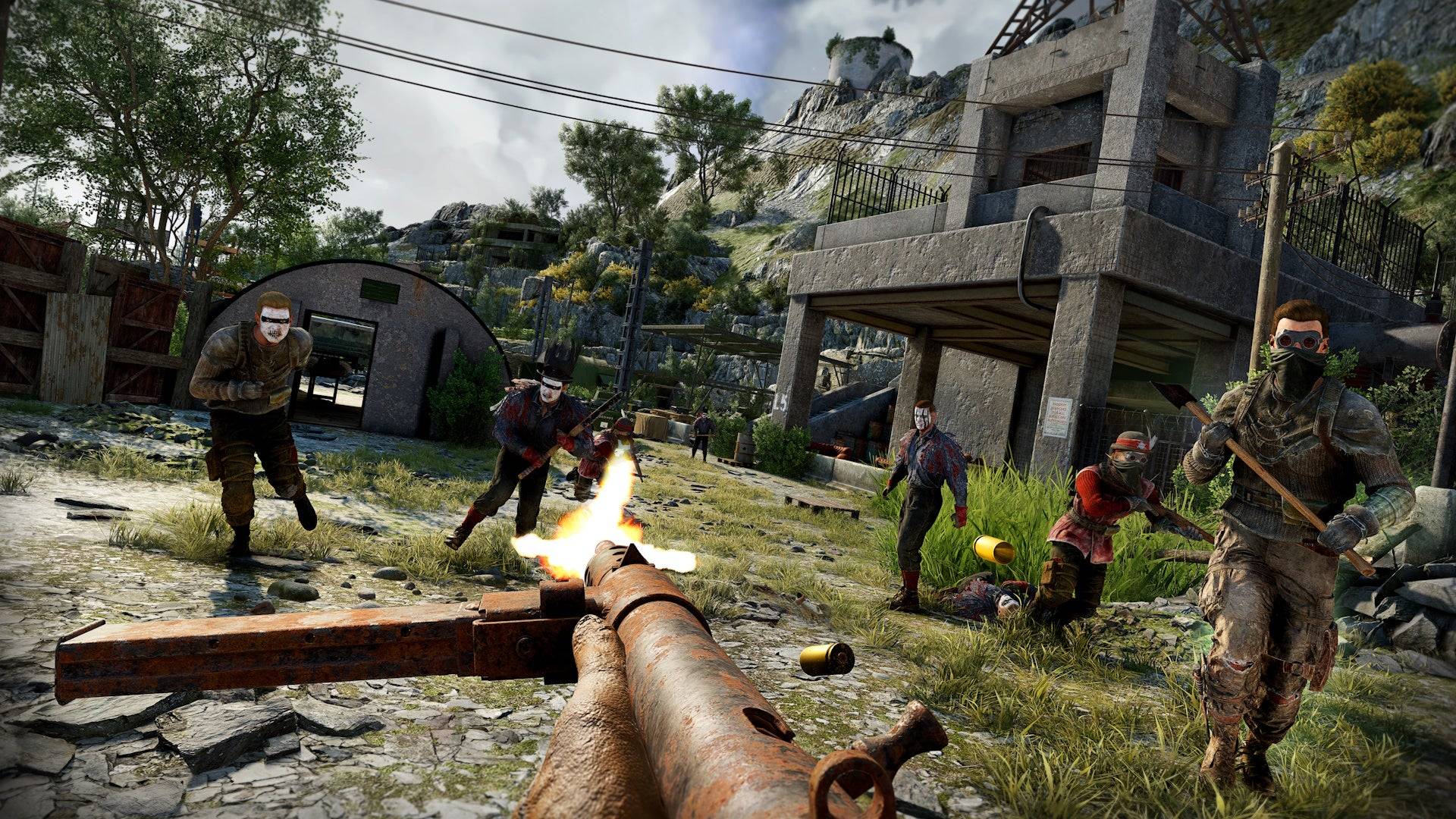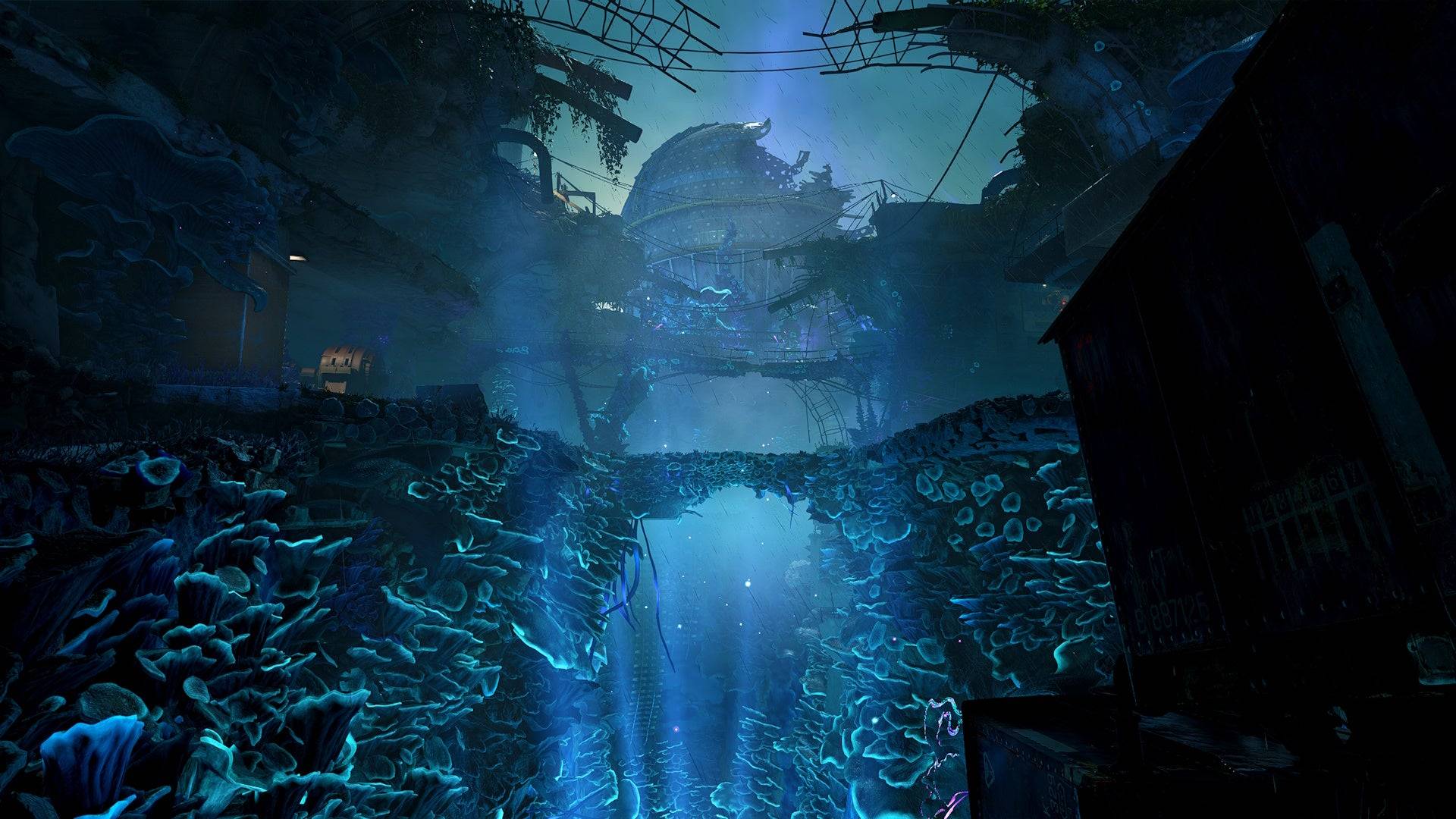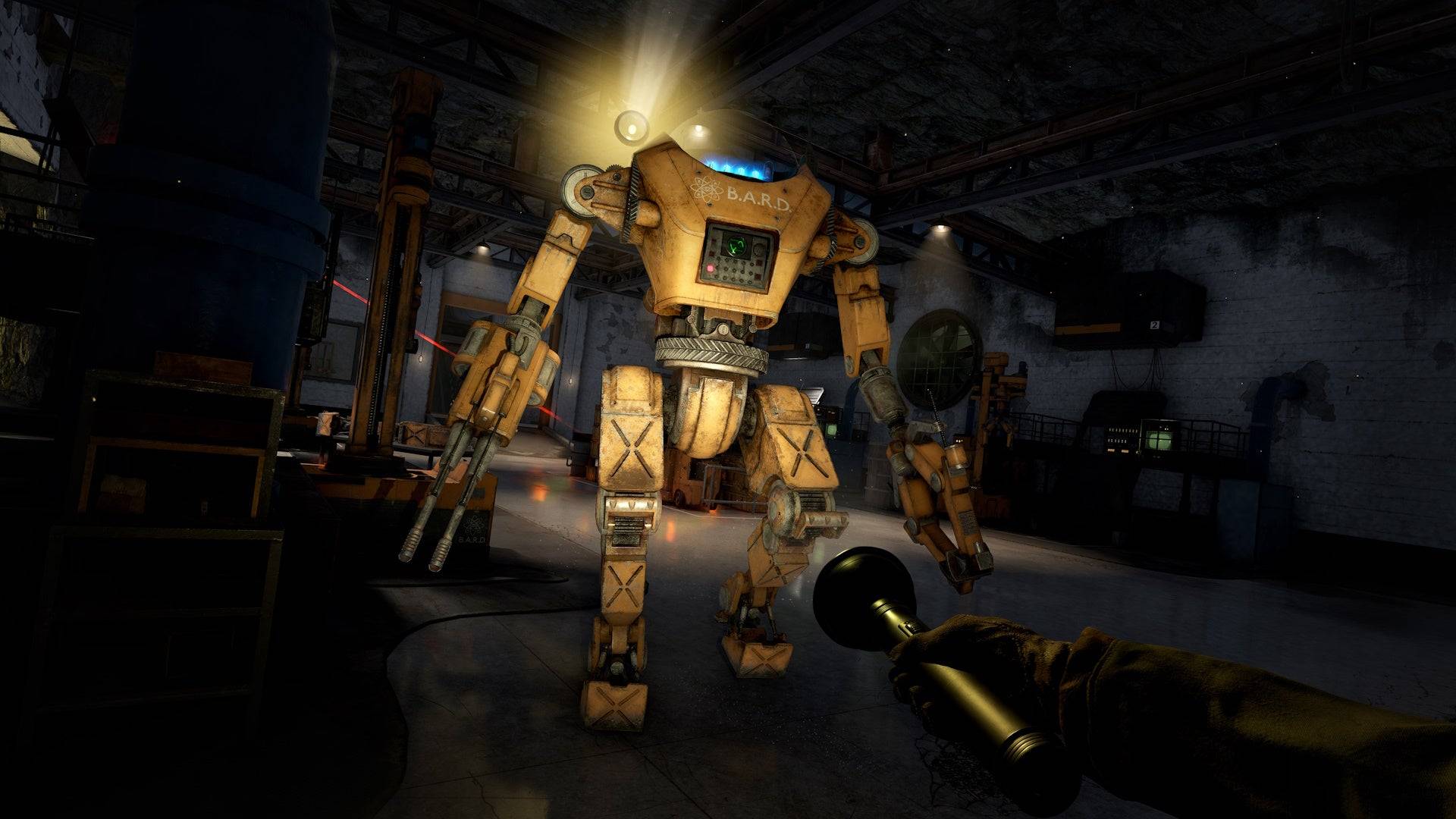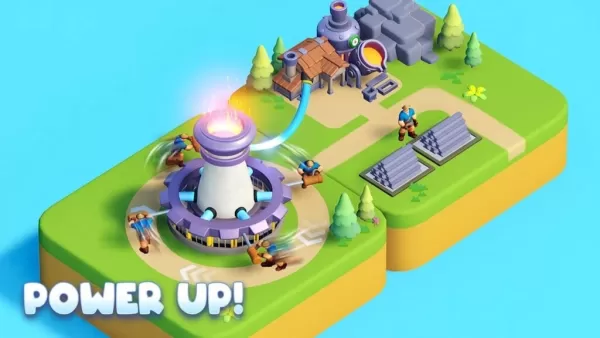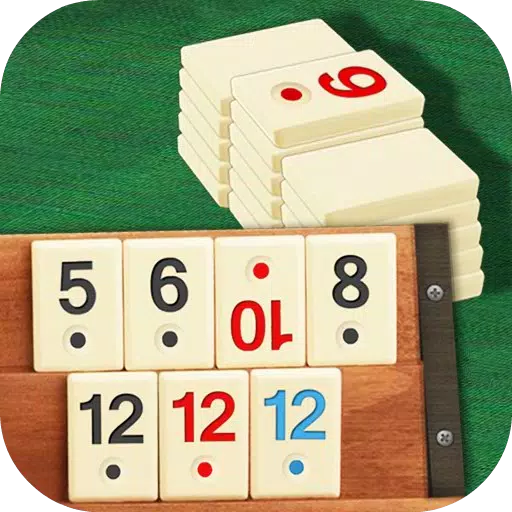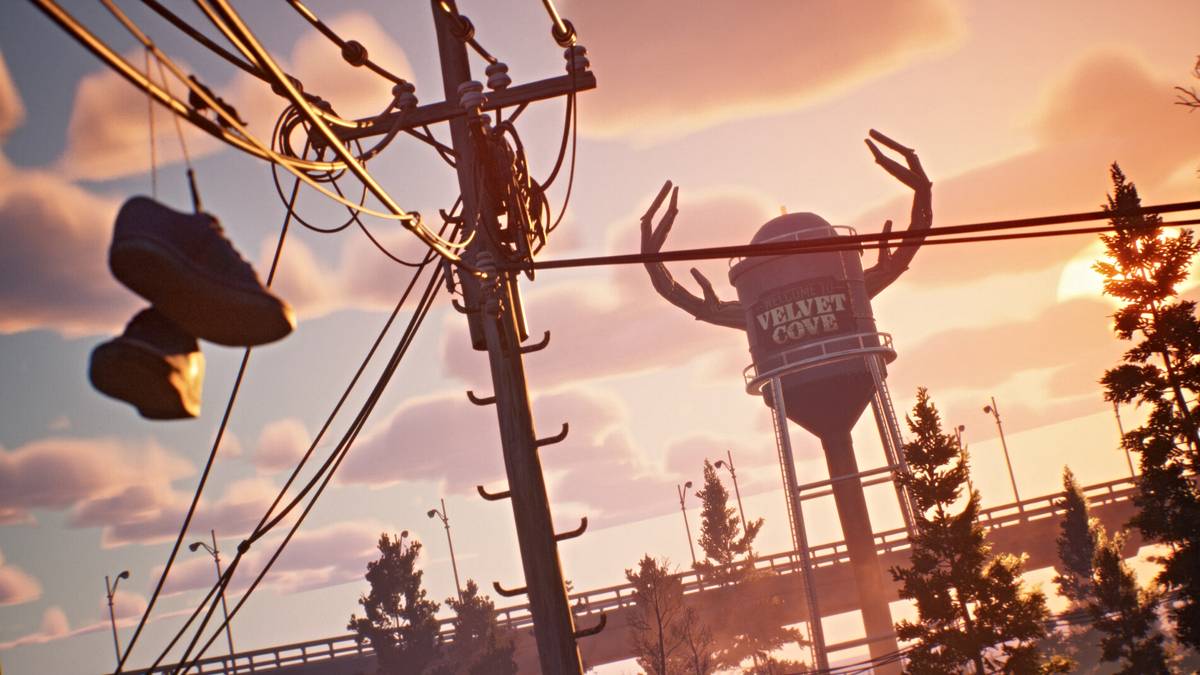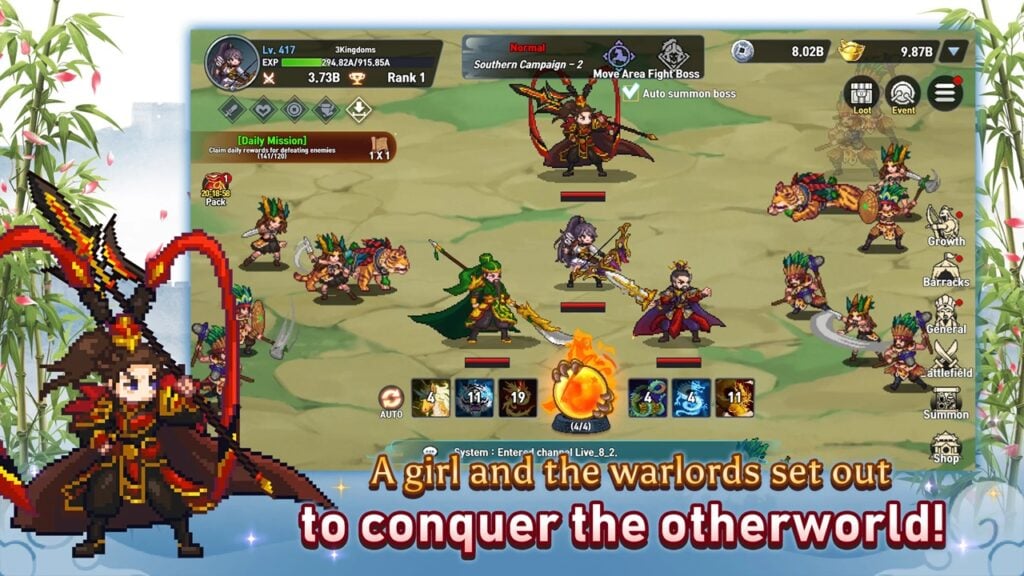Step into the haunting, irradiated heart of the English countryside with *Atomfall*, the latest survival-action title from *Sniper Elite* developer Rebellion. Recently, I had the opportunity to go hands-on with the game during a demo session held at a North London pub — an appropriately British setting for a game so deeply rooted in folk horror and post-apocalyptic mystery. What I experienced was a world rich in atmosphere, filled with open-ended exploration, eerie encounters, and gameplay that encourages experimentation — even if that means beating an old lady to death with a cricket bat.
From the moment I started the demo, I decided to test one of *Atomfall*’s most intriguing features: every NPC is killable. Within two minutes of booting up the game, I accidentally triggered a tripwire alarm, which led me to brutally dispatch three guards using a blood-smeared cricket bat. It wasn’t subtle, but it was effective — and honestly, kind of fun.
Later, I came across a bow and arrow, which quickly became my preferred weapon for both long-range sniping and stealth takedowns. As I roamed through the forested region of Casterfall Woods, I encountered unsettling sights like a towering wicker man — a clear nod to the game’s folk horror influences. These visual cues helped build a sense of dread and mystery, reinforcing the question lingering in my mind: what happened to this once-quiet corner of England?
That mystery was momentarily interrupted by a group of druids, who unknowingly volunteered as my archery practice dummies. One by one, they fell — each hit accompanied by a small voice in my head shouting, “I’M ROBIN BLOODY HOOD.” But unlike Sherwood Forest, this isn’t a place of heroes; it’s a world where morality feels blurred, and chaos is always just a swing away.
A Unique Take on Stamina and Skill Progression
One standout mechanic in *Atomfall* is its stamina system. Instead of a traditional stamina bar, the game uses a dynamic heart rate monitor that increases with physical exertion. Sprinting raises your BPM above 140, making aiming shaky and combat less precise. However, I later found a Bow Mastery skill manual that unlocked a perk reducing the impact of elevated heart rate when drawing the bowstring. While the skill tree doesn’t appear overly complex, it offers enough customization to allow players to tailor their character toward stealth, survival, or aggressive playstyles.
Environmental Storytelling and Exploration
With nothing more than a vague quest lead pointing me toward a herbalist named Mother Jago, I wandered aimlessly through the woods, soaking in the environmental storytelling. A shimmering energy field hovered over a ruined power plant, while a ringing phone booth warned me not to enter the woods. Naturally, I ignored both warnings.
The game world is littered with small, atmospheric details — like a boathouse rigged with traps and adorned with a sign reading “get lost,” alongside a pile of bones that clearly didn’t heed the warning. The tension built around every turn made every step feel meaningful, evoking comparisons to *Stalker* more than *Fallout*, especially in how it blends tone, narrative ambiguity, and open-world design.
Mother Jago and the Quest for the Herbalism Book
After a brief massacre at a druid garden center (a quick-thyme event, if you will), I met Mother Jago — a mysterious herbalist dressed like Angela Lansbury crossed with a black magic enthusiast. Unfortunately, she offered little clarity on the game’s overarching mystery, instead giving cryptic dialogue that forced me to explore further. Eventually, she sent me on a quest to retrieve her stolen herbalism book from a fortified druid castle.
Combat and Open-Ended Design
Approaching the castle, I engaged in chaotic skirmishes — lobbing grenades, crafting nail bombs, and finishing off enemies with my ever-faithful cricket bat. While enemy AI wasn’t particularly reactive, the combat still felt satisfying, offering a blend of gunplay, melee brutality, and explosive improvisation.
Inside the castle, I scoured every room in search of the book, only to come up empty-handed. Without objective markers, the game expects players to manually plot points of interest on the map, encouraging exploration and deduction. This lack of guidance can be frustrating, but it also reinforces *Atomfall*’s immersive, detective-like approach to mission design.
The Search Continues…
Eventually, I followed a set of coordinates leading to a key, which brought me back to a locked hut where I found ammo, a perk point, but still no book. My journey continued underground into the castle’s depths, where I fought druids, looted recipes, and uncovered new quests — all without finding the elusive herbalism book.
Upon completing the demo, I learned that the book had been inside the castle the entire time — resting on a table I had apparently overlooked. At that point, I was deep enough into my descent of madness that I questioned whether the book even existed. In a fit of frustration, I returned to Mother Jago and killed her — a decision that may have altered my story path entirely.
Final Thoughts on Atomfall
Rebellion has crafted a game that leans heavily into ambiguity, player-driven discovery, and nonlinear storytelling. According to the developers, the full experience could take anywhere from 4 to 25 hours, depending on how deep players dive into side content and hidden secrets. Based on what I played, there’s plenty of variety in how stories unfold — one player’s demo involved a crashed helicopter and robot-filled regions I never saw.
*Atomfall* feels like a game that rewards curiosity and persistence. Its lack of hand-holding might frustrate some, but for those willing to embrace its cryptic nature, it promises a richly layered, atmospheric experience. Whether you're uncovering conspiracy-laden ruins or bludgeoning your way through druids with a cricket bat, *Atomfall* invites you to shape your own journey through its irradiated landscape.
Atomfall Screenshots

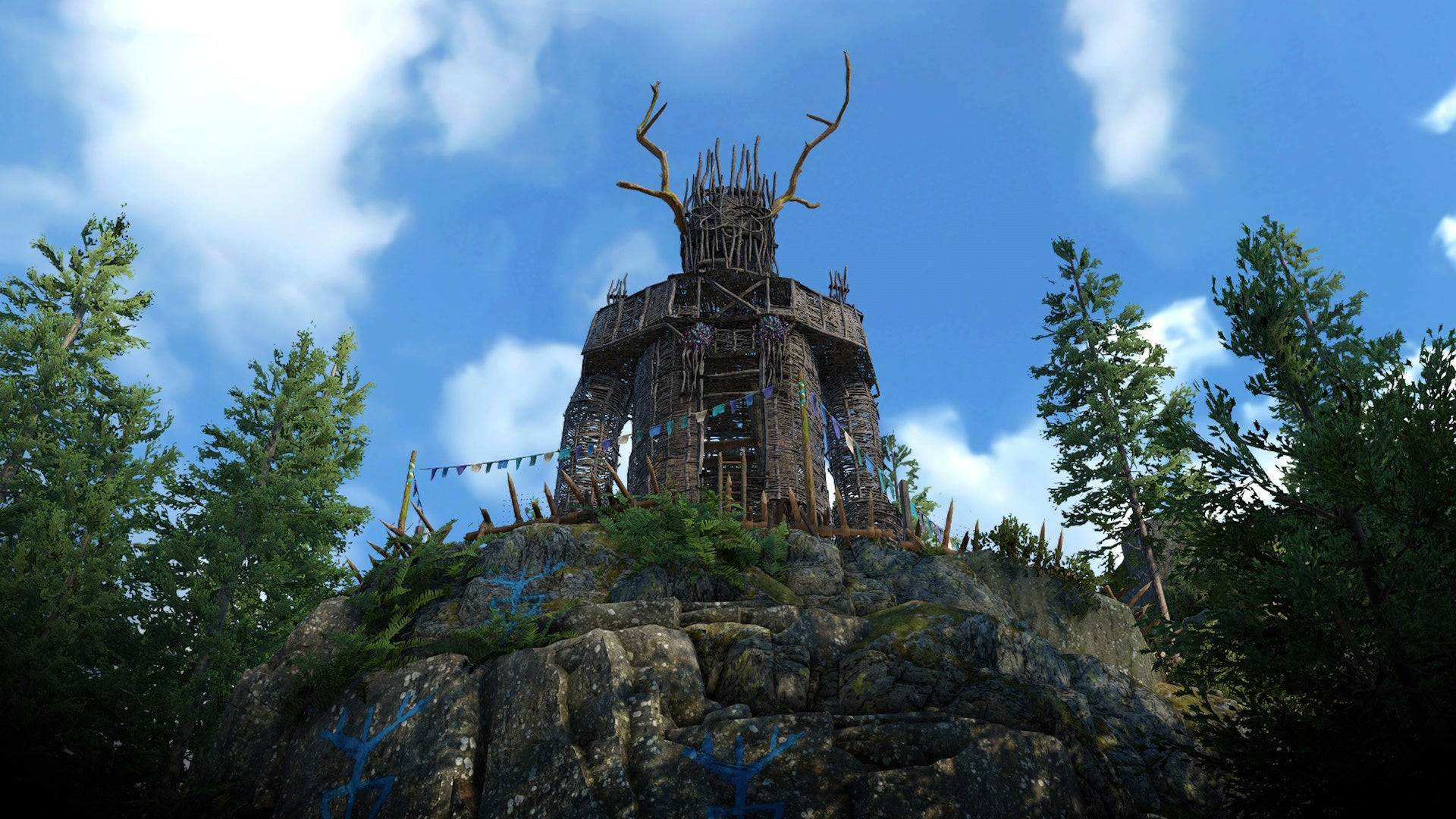 13 Images
13 Images